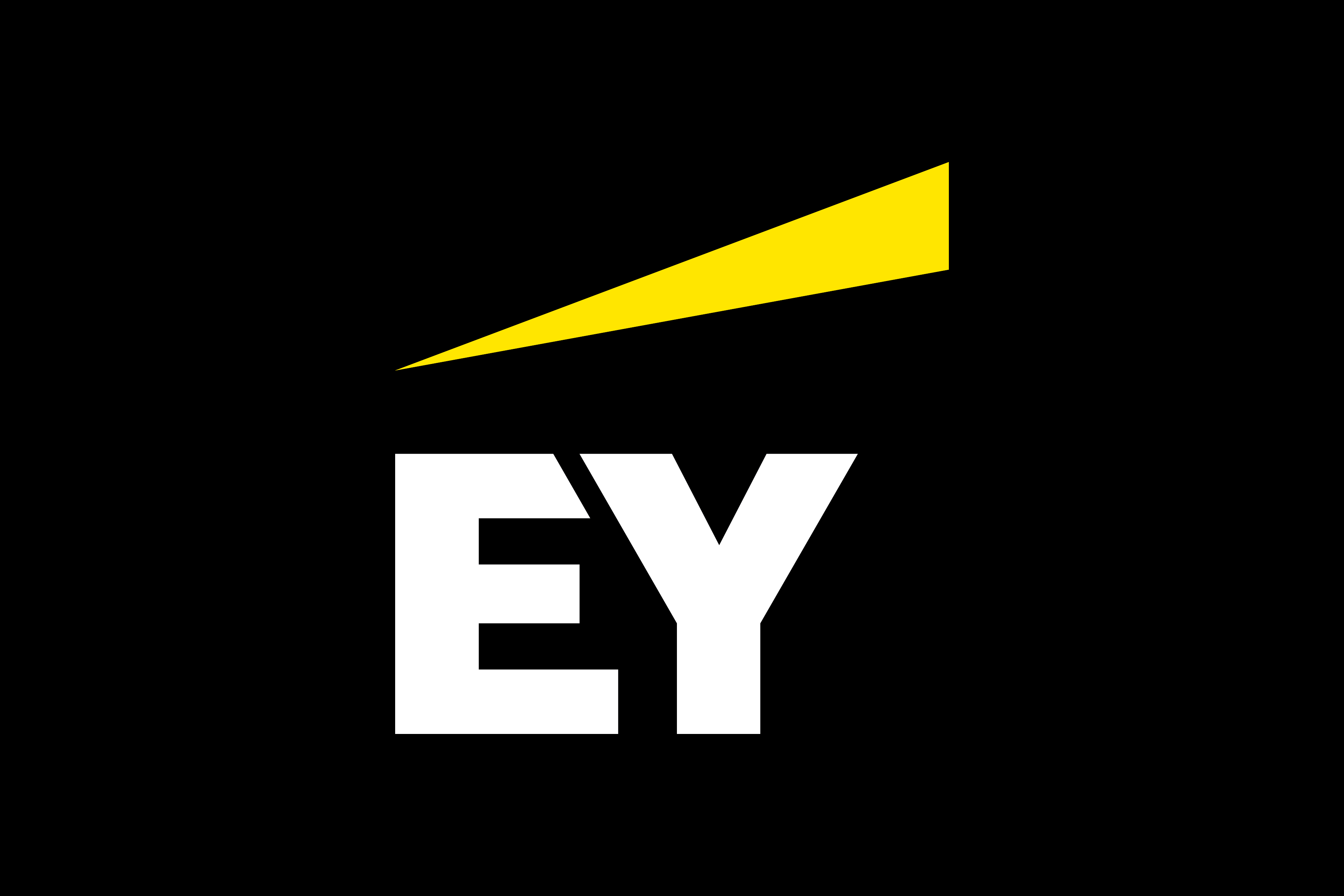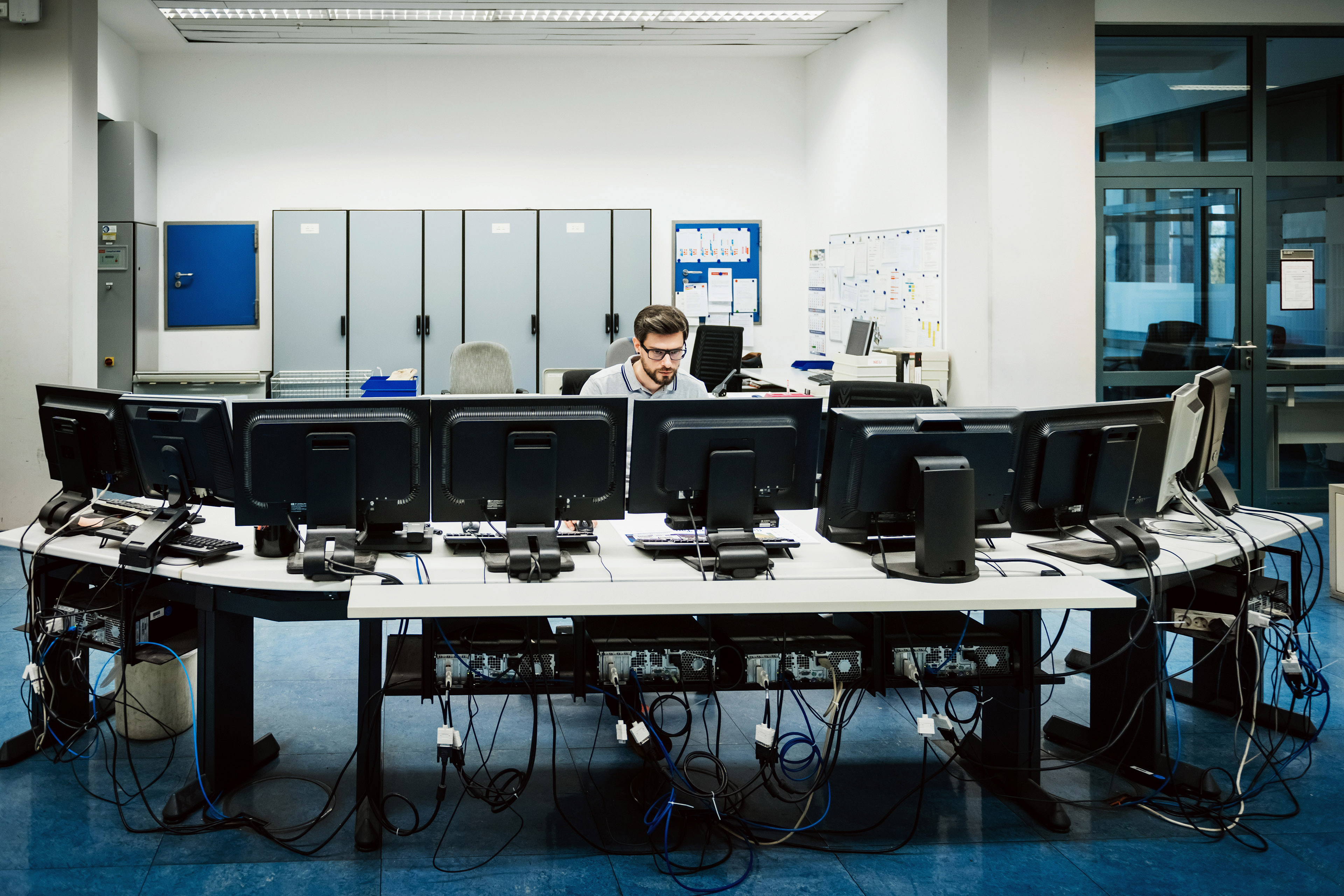EY refers to the global organization, and may refer to one or more, of the member firms of Ernst & Young Global Limited, each of which is a separate legal entity. Ernst & Young Global Limited, a UK company limited by guarantee, does not provide services to clients.
How EY can help
-
Discover how EY's data protection and privacy team can help your organization protect its information over the full data lifecycle.
Read more
Increasingly, cybersecurity is tasked with managing risk that goes beyond the organisation into a broader ecosystem, which puts greater pressure on available resources. Relationships with stakeholders including customers, employees and suppliers introduce new vulnerabilities that must be accounted for.
The supply chain also presents considerable danger: a fourth or fifth party may be several times removed from the organisation, but it could still pose a cybersecurity risk. “You are only as strong as your weakest link,” notes Carol Murphy.
The supply chain is an area of concern for Irish businesses, but the research suggests that some may be overconfident in their abilities to secure it. More than two-thirds (70%) say they are confident they can ensure their entire supply chain is water-tight in its ability to defend and recover against threat actors. In comparison, only 33% international respondents feel the same.
As Irish organisations struggle to secure the resources they need to protect the business, complacency could cause serious issues.













